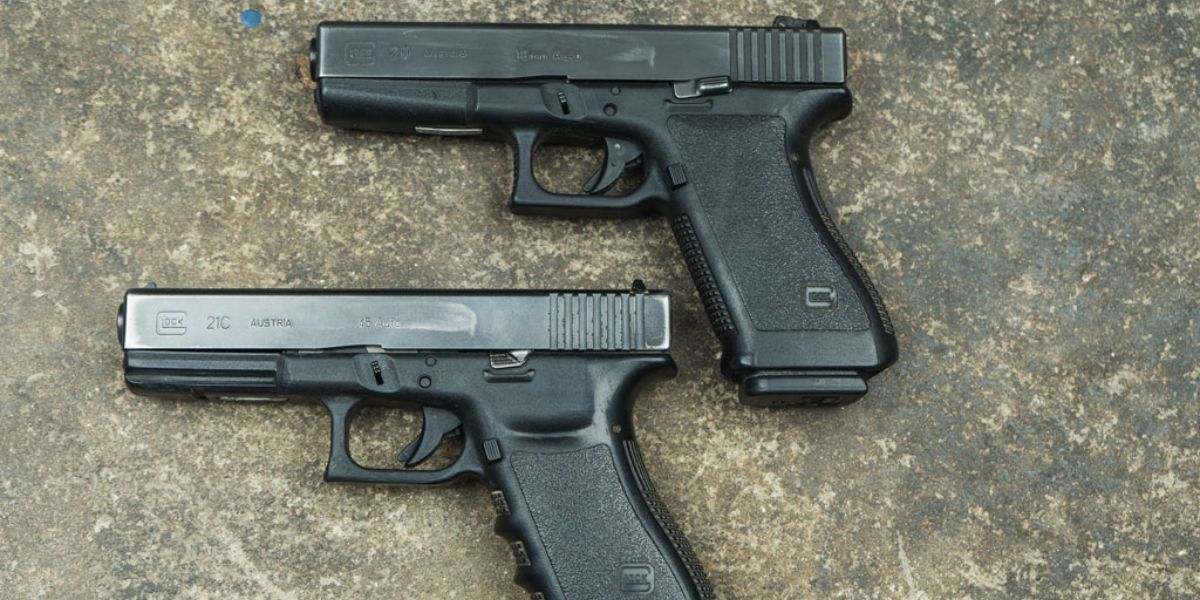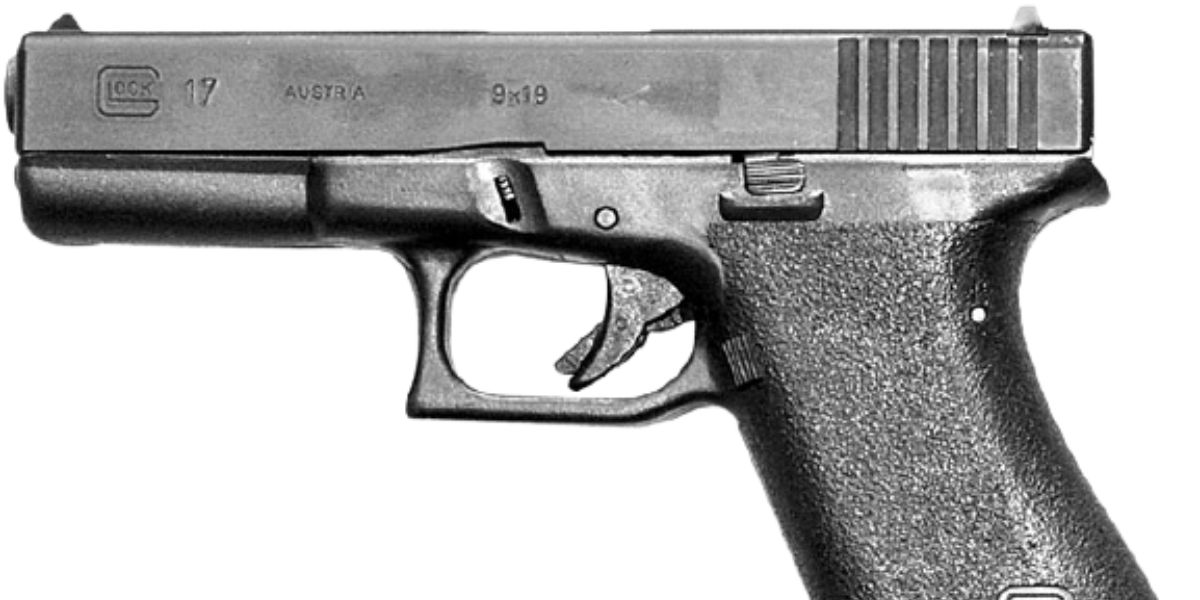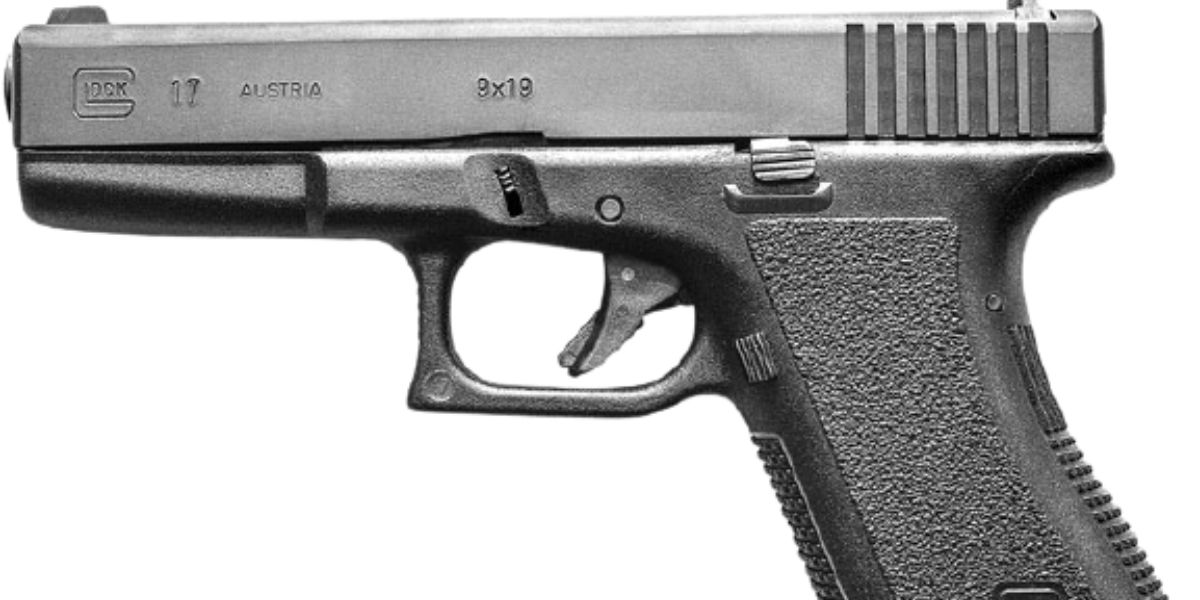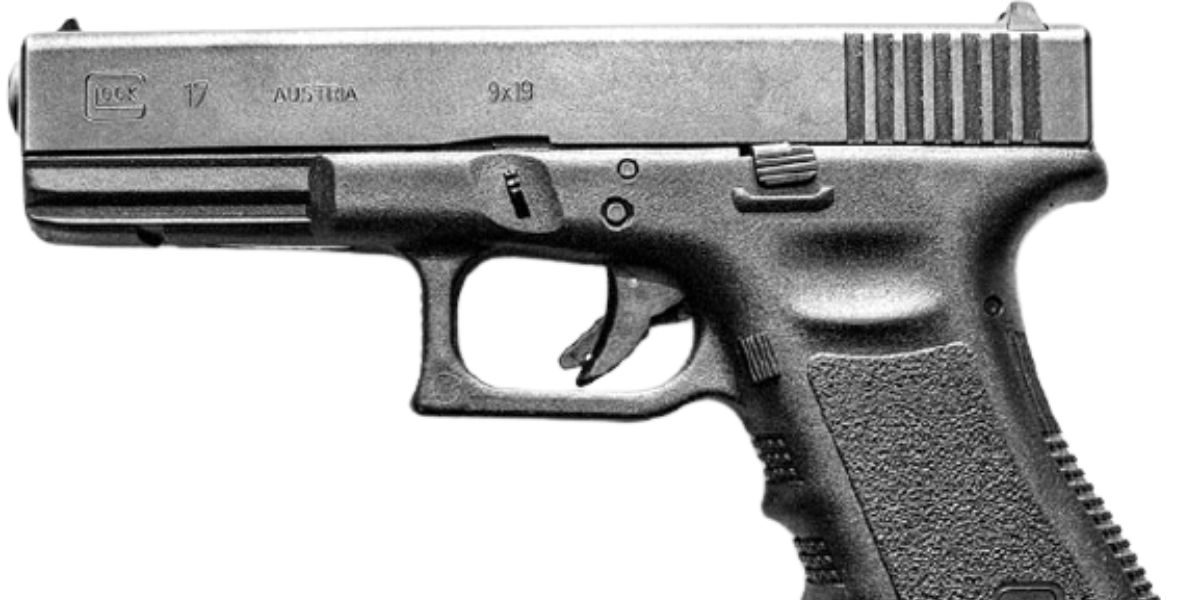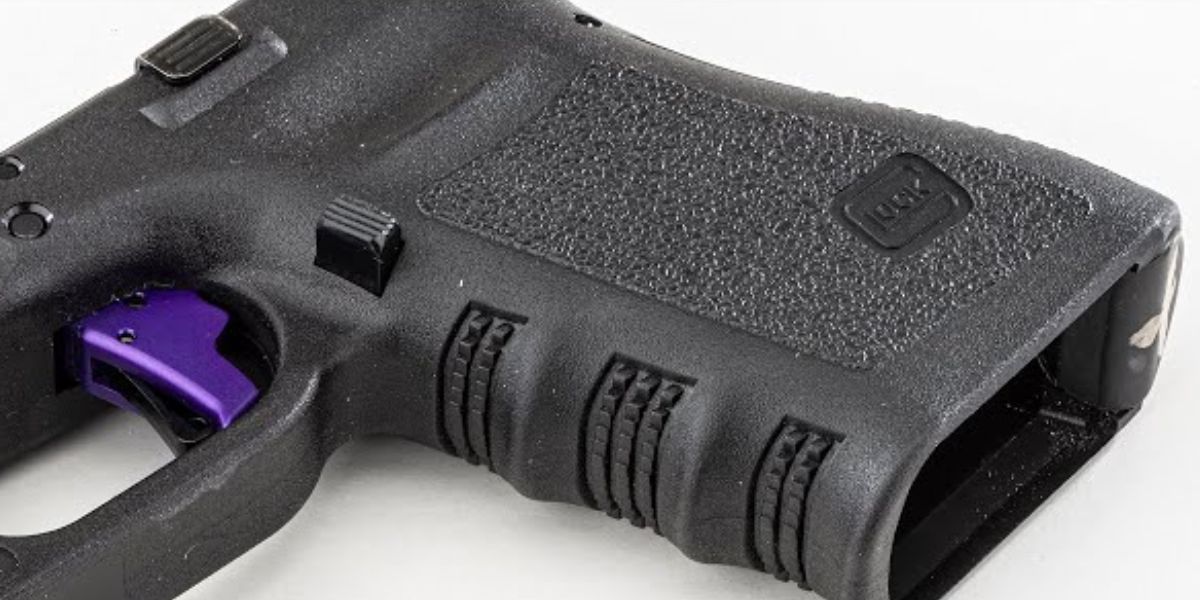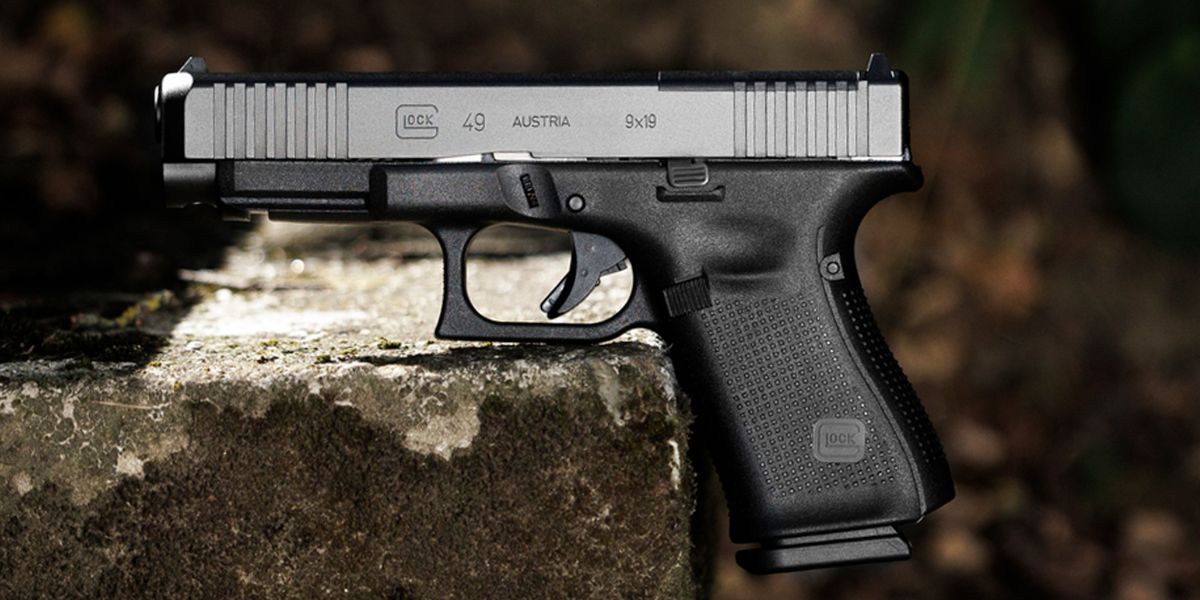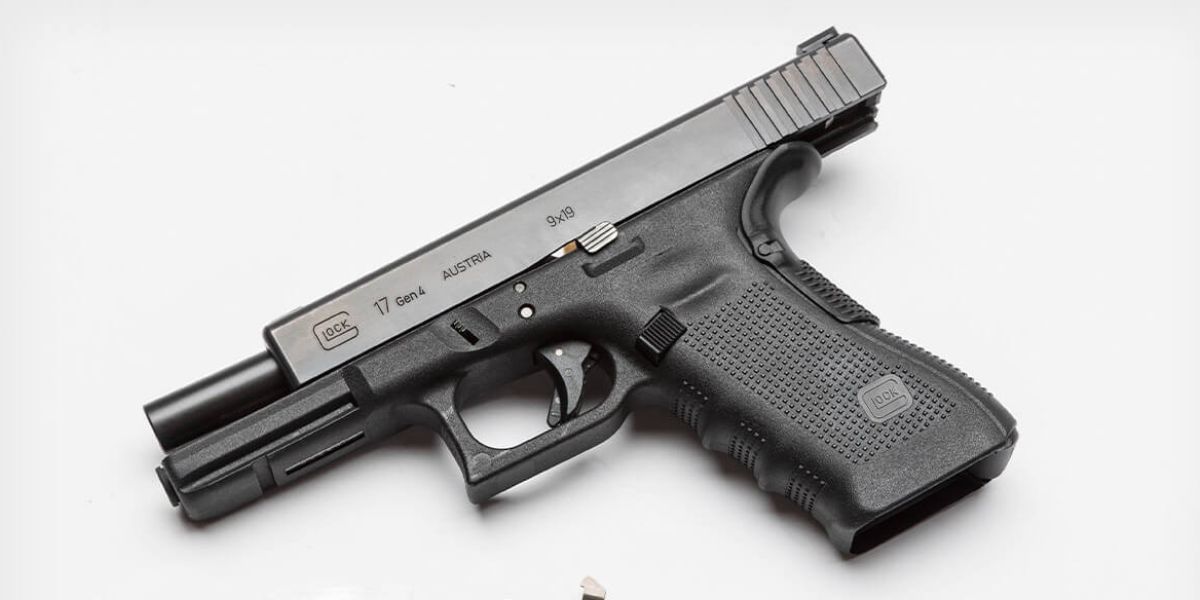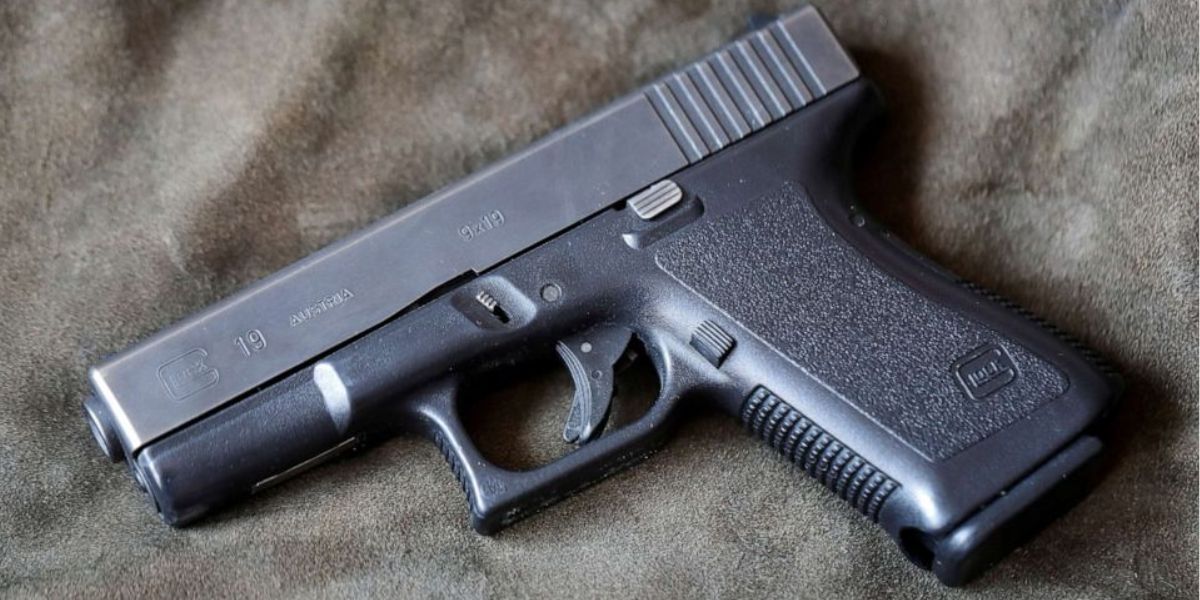When it comes to popular and widely used firearms, Glock pistols are the amongst that comes to mind, as they are widely recognised, has a reputation for simplicity, reliability and minimal controls. Glock has evolved over the years and has upgraded products. It has introduced five generation of its pistols, each adding new updates, features and improvements that made it a popular choice worldwide for both law enforcements and civilian users.
Glock Origin
For those who are unaware, let’s start with the company’s brief history before delving into the details of its generations.
An Austrian businessman and engineer Gaston Glock founded GLOCK KG in Deutsch Wagram, Austria with just three employees in 1963. They began by making curtain rods and eventually produced knives for the Austrian military. It was in 1970s that they expanded into additional military products, and produced items like machine gun belt links. In the early 1980s, they founded GLOCK GmbH, when the Austrian Ministry of Defense began searching for a new service pistol in order to replace the outdated World War II models that their soldiers were using.
Now, let’s have a look at how Glock evolved each generation and what makes each unique.
Glock Generation 1 (1982-1987): Original Standard
Glock 17, the first Glock pistol was introduced in 1982, which instantly garnered attention. Its impressive 17-round capacity set it apart from other pistols at the time. The number 17 in the name isn’t related to its rounds, but the 17th patent Glock registered. The standout feature of the first generation was its polymer frame, which initially led to concerns that it might bypass metal detectors, a misconception as the metal parts like barrel and ammunition are easily detectable. The first generation was about providing basic functionality and reliability and nothing extra, helping to establish a strong reputation in the market.
After winning a contract with the Austrian military, it gained good reputation which helped in quickly getting contracts with both Norway and Sweden, caught the attention of US Law Enforcement, and finally gaining entry in the US market in 1986.
Glock Generation 2 (1988-1997): Upgrades to safety features and grip
Glock launched Generation 2 in 1988 with subtle but impactful upgrades. They enhanced the grip by adding checkering to the front and back straps, and improved handling without altering the main design. Also, it expanded to include new calibers and addressed safety concerns with first generation mdoles by adding passive safety improvements, making it more refined, simple yet straightforward gun. These updates helped solidify their place as a reliable choice for not just law enforcement but also for civilian shooters. The ultra-popular Glock 19 and the subcompact Glock 26 are some examples.
Guns added: Glock 24, 26, 27, 19 and 17c
Generation 3 (1998-2009): Inclusion of accessory rail and finger grooves
In 1998, Generation 3 Glocks were introduced with the first major change in design, which is the inclusion of an accessory rail, which allowed users to mount lights, lasers or other tactical gear directly onto a firearm. This feature was a game-changer for those using Glocks for home defense or in low-light conditions, making it a versatile tool. Another addition included finger grooves along the front of the grip that aided in recoil management. While some of them found this feature helpful, a few of them found it uncomfortable.
Thumb rests on each side for better grip were introduced, which received mixed reviews as well. Despite mixed reviews, these features or updates were an important step forward, making Generation 3 a popular and lasting choice among Glock fans.
New Calibers .357 Sig (Glock 31) and .45 GAP (Glock 37) added.
Before the end of Glock Generation 3, Glock 22, 21, 31, 32 and 19 were offered in a new RTF2 configuration.
Glock Generation 4 (2010-2016): updates in recoil management
Generation 4 introduced important updates in recoil management and comfort. Retaining finger grooves from Gen 3, this generation’s most important upgrade was the new dual-recoil spring system, which by using two springs (instead of one), reduced recoil, making the gun more stable and enabling quicker follow-up shots. Many shooters were impressed with the smoother recoil, making it a welcome change.
Another feature introduced with Gen 4 was a larger magazine release allow for smoother handling, and addition of replaceable backstraps in different sizes that helped users to adjust the grip to fit their hands better. This feature solidified Glock’s user-friendly reputation.
Glock 42, 43, 17M and 18X were introduced
Glock Generation 5 (2017-Present): Ambidextrous controls and modern features
The most expensive updates were launched in 2017 with the Generation 5 Glocks, incorporating years of user feedback and trends in the market. One important addition to this generation was the ambidextrous slide stop, making the gun easier for both left-handed and right-handed to operate without needing grip adjustments. It also introduced a popular feature among tactical shooters- forward slide serrations, which improve grip when racking the slide from the front.
Glock 45 and 47 were introduced.
A flared magwell
A flared magwell was introduced in Gen 5 for faster and easier magazine changes. Although subtle, the flared design helps guide magazine smoothly into place. It also smoothed and rounded the muzzle area, making it more comfortable to carry concealed.
Removal of finger grooves
The finger grooves, which was introduced and was part of the design since Gen 3, was removed in Gen 5, which is considered most controversial change. By eliminating these grooves, Glock aimed to attract broader audience, particularly those who found them uncomfortable. This back-to-basics approach gave the Gen 5 a sleeker appearance and more universally comfortable grip.
Improved trigger system
Glock made adjustments to reduce trigger pull weight, providing crisper and more responsive feel. Gen 5 Glocks trigger provided smoother pull compared to other generations, which improved accuracy and made shooting experience more enjoyable.
Addition of MOS versions
They added MOS (Modular Optic System) versions to its Gen 5 pistols, allowing shooters to easily mount red-dot sights without the need of extra modifications. This feature made Glocks more versatile for tactical and competitive shooting. The MOS versions are compatible with popular optics, allowing users to customize their guns without compromising on quality and durability.
Improvements in Durability
Generation 5 also introduced a new nDLC (diamond-like carbon) finish, improving durability. This coating is more resistant to corrosion and scratches. These updates showed Glock’s focus on ensuring high durability and reliability.
Adaptability
Along with new features and the return of the universal grip design, Glock continues to evolve and adapt. With every update, Glock maintained a balance of simplicity and functionality, making it one of the most respected handgun brands.
The evolution of Glock through its five generations shows the company’s dedication to reliability, user feedback and innovation. Although the core design mostly remained same, each generation introduced new features that enhanced its appeal as well as functionality. This is the reason that today, Glock pistols are considered the most reliable, simple and versatile handguns in the market.

